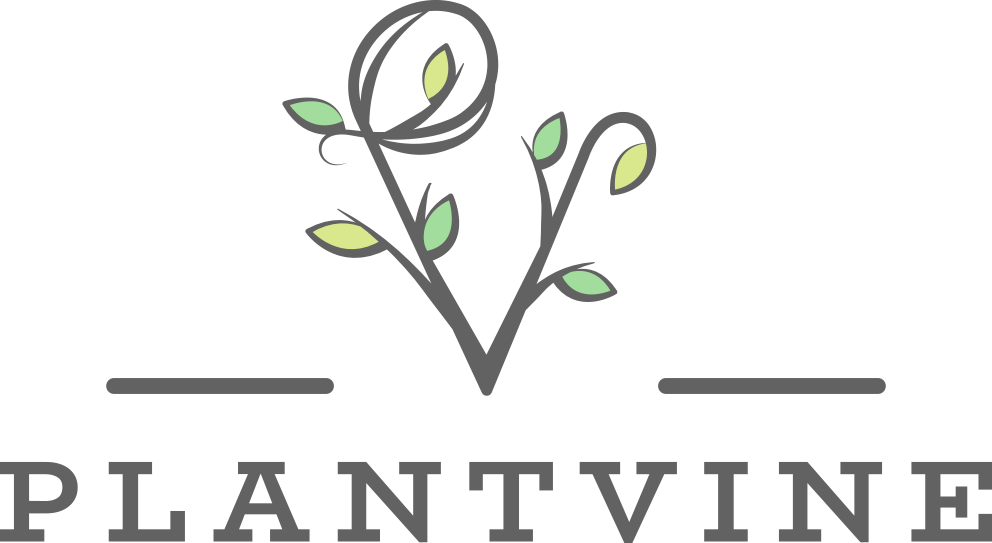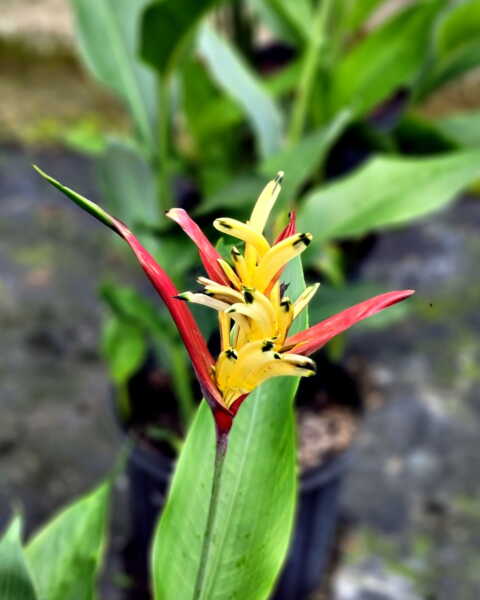Description
Caring for your Heliconia
Heliconia is a stunning tropical plant known for its vibrant, exotic flowers and large, banana-like leaves. Native to the tropical regions of Central and South America, Heliconias are prized for their bold, colorful bracts (modified leaves) that come in shades of red, orange, pink, yellow, and green. These eye-catching plants are not only beautiful but also attract hummingbirds and other pollinators, making them a great addition to any tropical garden or indoor plant collection. Though they thrive in warm, humid climates, with the right care, Heliconias can be grown successfully in a variety of environments.
Light
Heliconias thrive in bright, indirect light but can tolerate some direct sunlight, especially in the morning. For optimal growth, they should receive at least 4-6 hours of filtered sunlight daily. In tropical regions, Heliconias often grow under the canopy of larger trees, where they receive dappled sunlight. Therefore, if growing outdoors, choose a location that provides partial shade during the hottest part of the day.
If you’re growing Heliconia indoors, place it near a south- or east-facing window where it can receive plenty of light, but avoid placing it in direct, harsh afternoon sunlight, which can scorch the leaves. If you notice your plant’s leaves turning yellow or the growth slowing, it may need more light, and you can supplement with grow lights if necessary.
Water
Heliconias are moisture-loving plants and require regular watering, especially during the growing season (spring through summer). Keep the soil consistently moist but not waterlogged. Water deeply, ensuring that the water reaches the plant’s root zone. During the warmer months, it may be necessary to water your Heliconia 2-3 times a week, depending on the temperature and humidity levels.
However, avoid overwatering, as Heliconias are susceptible to root rot if their roots sit in water. Ensure that the soil drains well and that any excess water can escape through the pot’s drainage holes. In the cooler months (fall and winter), reduce the frequency of watering, as the plant’s growth will slow, and it will require less moisture. Allow the top inch of soil to dry out between waterings.
Humidity is also a critical factor for Heliconia. They prefer high humidity levels (60% or more). If you live in a dry climate, you can increase humidity by placing a humidifier near the plant, misting the leaves regularly, or placing the plant on a pebble tray filled with water. Make sure to keep the plant in a location that stays warm and avoid cold drafts, which can damage the leaves.
Temperature
As a tropical plant, Heliconia thrives in warm, humid conditions. Ideally, they prefer temperatures between 70°F and 85°F (21°C – 29°C). Heliconias are not frost-tolerant and can be damaged or killed if exposed to temperatures below 50°F (10°C). In colder climates, it’s best to grow Heliconia in containers that can be brought indoors during the winter or grow them as houseplants in a warm, humid room.
Soil
Heliconias require well-draining soil with plenty of organic matter to thrive. A good mix for Heliconia includes equal parts garden soil, compost, and perlite or sand to ensure proper drainage. The soil should retain some moisture but allow excess water to drain freely, as the plant’s roots are prone to rot if left in standing water.
For container-grown Heliconias, use a high-quality, well-draining potting mix, and ensure that the pot has drainage holes. Regularly amend the soil with organic compost to provide essential nutrients and to help retain moisture without becoming too soggy.
Fertilization
Heliconias are heavy feeders and benefit from regular fertilization during the growing season. A balanced, slow-release fertilizer (such as a 10-10-10 or 20-20-20 NPK formula) should be applied every 6-8 weeks during spring and summer. You can also use an organic fertilizer, such as compost or well-rotted manure, to feed the plant and improve soil quality.
During the fall and winter months, when the plant’s growth slows, reduce the frequency of fertilization to once every 2-3 months or stop altogether until the next growing season. Be cautious not to over-fertilize, as this can lead to excessive leaf growth at the expense of flower production.
Pruning and Maintenance
Heliconias require minimal pruning but benefit from occasional trimming to remove dead or damaged leaves. This helps keep the plant looking tidy and healthy. As the plant grows, older leaves at the base may yellow or die back, which is normal. Remove these by cutting them close to the ground with clean, sharp shears.
Deadheading spent flower bracts can also encourage the plant to produce new blooms. Prune back any flower stalks that have finished blooming to promote new growth and maintain the plant’s appearance. Heliconias can spread quickly, so if you’re growing them outdoors, keep an eye on their spread and divide the clumps if necessary to prevent overcrowding.
Pest and Disease Control
Heliconias are relatively resistant to pests, but they can occasionally be affected by aphids, mealybugs, or spider mites. Regularly inspect the plant’s leaves for signs of pests, such as discolored or distorted foliage. If you spot an infestation, treat the plant with insecticidal soap, neem oil, or a mixture of water and mild dish soap.
Heliconias are also prone to fungal diseases such as leaf spot and root rot, especially in overly wet conditions. To prevent these issues, ensure proper drainage, avoid overwatering, and keep the foliage dry by watering at the base of the plant. If you notice dark spots on the leaves, remove the affected foliage and treat the plant with a fungicide if necessary.


















victoria (verified owner) –
beautiful and doing well!